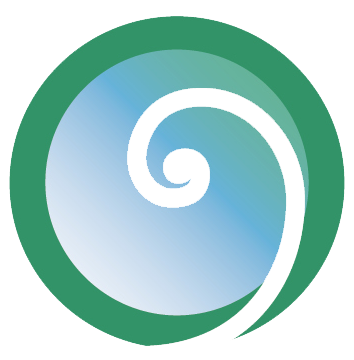Most people practice sitting meditation, either in the classic crossed-leg lotus position, or in a chair. A majority of meditators complain about pain or discomfort while sitting in meditation, at least after more than 20 or 30 minutes, and/or over a long period of practice, such as on retreat. While the practice encourages the acceptance of discomfort as it arises, and there are mindful ways to respond to pain during meditation, it makes sense to establish a balanced, easy pose in the first place. What does Alexander Technique offer in support of this?
Five Limbs
Whenever I notice my jaw clenching, I let it go. It's a simple solution that works every time. There's nothing subtle or complex about it. Releasing the jaw is easy to do, when you know what it is you want to release. Here are some facts that are important to understand if you want to ease your jaw tension
At A Time Like This
When violence and injustice thrust their way into our collective lives we may want to lash out or shut down or tighten up or collapse in a heap. Sometimes all at once. Many people rush into trying to rescue others, wanting to comfort and care for the wounded and hurting. This is usually well-intentioned, and the body-mind will tolerate it temporarily, but day after day, unless self-care is primary, depletion and burnout are the result.
At a time like this, learning to pause and replenish is skillful.
Primary Engagement
Ever had a movement experience that was so unified, so much in the flow, that it felt like the running/walking/biking/swimming was doing itself? Your primary control was fully operational. A healthy relationship between your head, neck, and back was possible, and it triggered this organizing reflex, which then in turn clarified the relationship of all the parts to the whole.
Leaping Into Mindfulness, Part One
Gimme Your Digits
The Suspense is not Killing Me
The Power of Walking Backwards
I often ask my Alexander students to explore walking backwards, because it provides so much useful information. It bypasses habitual assumptions about our bodies in motion and our relationship to the space we're in. For starters, how often do you move with an awareness of the space behind you? Are you, in fact, including what's in back of you right now (or to the side or above or below you)?
Awesome and Freaking Amazing AT
Today I did a trade with a gifted bodyworker, Oliver Danni Green, in payback for a wonderful massage I got a couple weeks ago. Ze kindly shared this endorsement of my work on Facebook: The best part of being a professional bodyworker is being able to do exchanges with other practitioners! I had an AWESOME session with Amy Ward Brimmer today, who does Alexander Technique and Somatic Release. If you're in the Philadelphia area and you have a body, I highly recommend that you get a session (or a bunch of sessions!) with Amy.
As if that was not enough, Oliver Danni's friend, Maryann Concannon, posted what has now become perhaps my favorite affirmation of the Alexander Technique, ever:
When I heard of Alexander Technique I thought, "what the hell would an orator know about body work?" I was sure it was bollocks. But after a friend used it and then I tried it -- it was freaking amazing!!!! I was cooking professionally at the time and had a bit of tennis elbow. My Alexander Tech teacher told me to bend my knees (WTF) to make my elbow feel better. And it worked! EVERY TIME.
Two terrific endorsements -- too terrific!
Got Spine?
The spine is the central column of support and the core energetic pathway in our bodies. At Way Opens Center Alexander Technique offers a way to access the central support of the spinal column and move according to its design. In lessons, we focus on freeing up the spine, allowing it its full length and renewing its supple, flexible nature. Thinking up, inhibiting downward pull or collapse, and rediscovering the poise of the head in movement -- these are all excellent ways to encourage the body to reorganize itself so that activities are easier and more enjoyable. But do you really know anything about your spine?














